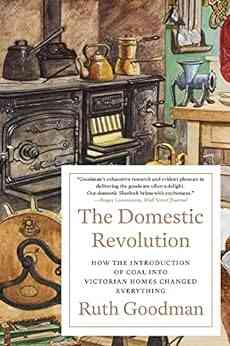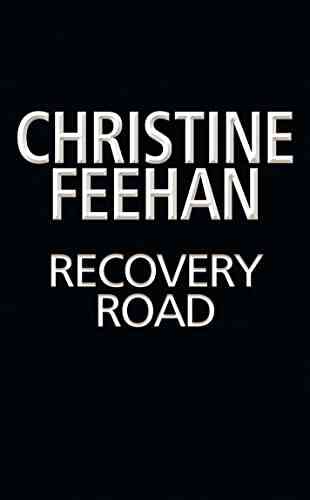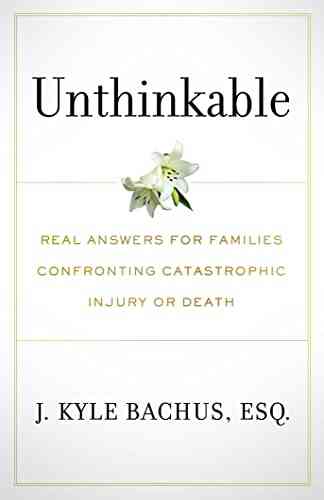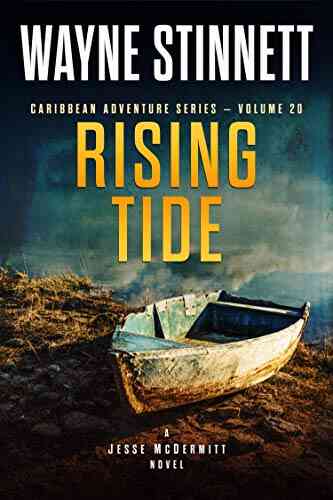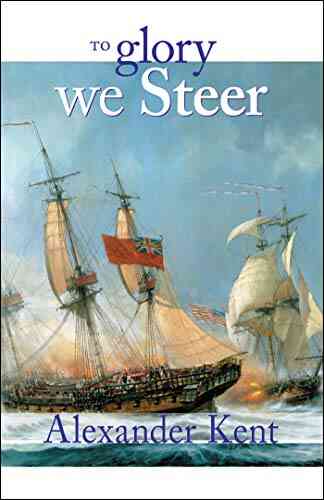How The Introduction Of Coal Into Victorian Homes Changed Everything

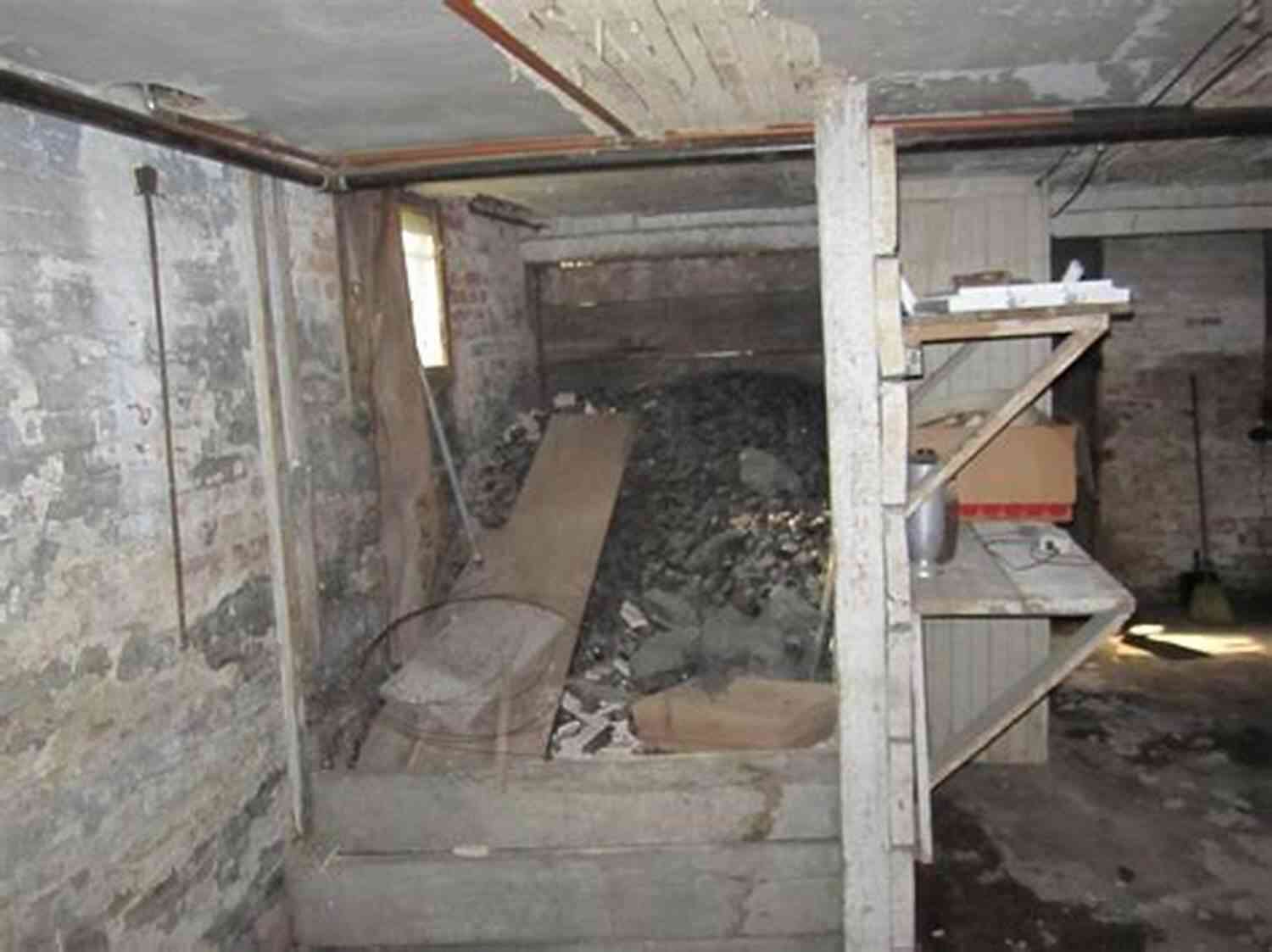
During the Victorian era, the of coal into homes had a profound impact on society and transformed various aspects of daily life. This revolutionary change brought about by the widespread use of coal not only influenced domestic living conditions but also gave birth to new industries and forever altered the landscape of Victorian cities.
The Era Before Coal
Before the widespread adoption of coal as a fuel source, homes in Victorian England heavily relied on wood and other biomass materials for heating and cooking purposes. These traditional fuels had their limitations, such as limited supply, high costs, and the need for constant maintenance. Heating homes and preparing meals was a time-consuming and labor-intensive process.
The Advent of Coal
With the discovery of rich coal reserves in Britain, the stage was set for a significant transformation. Coal, being abundantly available and relatively inexpensive, quickly gained popularity as an alternative fuel source. Victorian homeowners soon embraced coal as an affordable and efficient way to heat their homes and power their factories.
4.6 out of 5
| Language | : | English |
| File size | : | 30973 KB |
| Text-to-Speech | : | Enabled |
| Screen Reader | : | Supported |
| Enhanced typesetting | : | Enabled |
| X-Ray | : | Enabled |
| Word Wise | : | Enabled |
| Print length | : | 352 pages |
Improving Living Conditions
The of coal dramatically improved the living conditions of Victorian households. With coal, homes could be heated more consistently and effectively, creating a comfortable living environment even during harsh winters. This newfound warmth enhanced the overall well-being and health of individuals and families, reducing the prevalence of respiratory diseases and ailments.
Urbanization and Industrialization
The availability of cheap coal acted as a catalyst for urbanization and industrialization during the Victorian era. Steam power, fueled by coal, enabled the development of machinery and advanced manufacturing processes. This led to the rapid growth of industries such as textiles, iron, and steel, which were crucial to Britain's economic expansion. As a result, rural populations flocked to cities in search of employment opportunities, fueling the rise of urban centers.
Transportation Revolution
Coal not only powered factories but also revolutionized transportation during the Victorian era. Steam engines utilized coal as their primary source of energy, enabling the construction and operation of railways and locomotives. The efficient transportation of goods and people became possible on an unprecedented scale. The railway network expanded across the country, connecting towns and cities and facilitating trade and communication.
Environmental Impact and Challenges
While coal brought enormous progress and prosperity, its widespread usage came at a cost. The burning of coal released large amounts of pollution, leading to air and water pollution, as well as contributing to the infamous London "pea soup" smog. The environmental impact of coal became a significant concern, but it took time and further technological advancements to address these challenges.
Legacy of Coal in Victorian Homes
The of coal forever changed the way Victorians lived and shaped the future. It fueled technological advancements, boosted industrialization, and facilitated urbanization. The legacy of coal can still be observed in the architectural remnants of Victorian homes, with their characteristic coal cellars and chimneys. Despite its environmental drawbacks, coal played a crucial role in driving progress during one of the most transformative eras in history.
The End of an Era
As the Victorian era gave way to the 20th century, alternative energy sources and cleaner fuels gradually replaced coal. The advancements in electricity and the discovery of oil resulted in a decline in coal usage. However, the impact of coal on Victorian society remains undeniable, with its influence evident in architecture, cultural artifacts, and the world-changing technologies that emerged during this era.

, the of coal into Victorian homes revolutionized society in many ways. It improved living conditions, accelerated industrialization and urbanization, revolutionized transportation, and left a lasting legacy. Despite its environmental consequences, coal played a pivotal role in shaping the Victorian era and paving the way for the modern world as we know it.
4.6 out of 5
| Language | : | English |
| File size | : | 30973 KB |
| Text-to-Speech | : | Enabled |
| Screen Reader | : | Supported |
| Enhanced typesetting | : | Enabled |
| X-Ray | : | Enabled |
| Word Wise | : | Enabled |
| Print length | : | 352 pages |
“Our domestic Sherlock brims with excitement” (Roger Lowenstein, Wall Street Journal) in this erudite romp through the smoke-stained, coal-fired houses of Victorian England.
“The queen of living history” (Lucy Worsley) dazzles anglophiles and history lovers alike with this immersive account of how English women sparked a worldwide revolution—from their own kitchens. Wielding the same wit and passion as seen in How to Be a Victorian, Ruth Goodman shows that the hot coal stove provided so much more than morning tea. As Goodman traces the amazing shift from wood to coal in mid-sixteenth century England, a pattern of innovation emerges as the women stoking these fires also stoked new global industries: from better soap to clean smudges to new ingredients for cooking. Laced with irresistibly charming anecdotes of Goodman’s own experience managing a coal-fired household, The Domestic Revolution shines a hot light on the power of domestic necessity.
Do you want to contribute by writing guest posts on this blog?
Please contact us and send us a resume of previous articles that you have written.




















Light bulbAdvertise smarter! Our strategic ad space ensures maximum exposure. Reserve your spot today!

 Enrique BlairFenrir Pack Complete Box Set Pack Love - The Ultimate Collection for Wolf...
Enrique BlairFenrir Pack Complete Box Set Pack Love - The Ultimate Collection for Wolf...
 Trevor BellDiscover the Fascinating Stories within Shreds Of Gorak 21-30: A Collection...
Trevor BellDiscover the Fascinating Stories within Shreds Of Gorak 21-30: A Collection... Art MitchellFollow ·12k
Art MitchellFollow ·12k Allan JamesFollow ·2.8k
Allan JamesFollow ·2.8k Anton FosterFollow ·17.4k
Anton FosterFollow ·17.4k Steve CarterFollow ·10.9k
Steve CarterFollow ·10.9k Foster HayesFollow ·2.4k
Foster HayesFollow ·2.4k Wade CoxFollow ·8.4k
Wade CoxFollow ·8.4k Donald WardFollow ·13.9k
Donald WardFollow ·13.9k Dale MitchellFollow ·14.9k
Dale MitchellFollow ·14.9k

 Wesley Reed
Wesley ReedThe Ultimate Allergy Free Hypnotherapy Script: Say...
Are you tired of dealing with...

 Walter Simmons
Walter SimmonsAn Alliance Reforged Sentenced To War
War has always been a backdrop for...

 Jarrett Blair
Jarrett BlairThe Untold Story of Loss Guy Blaze: A Rollercoaster...
They say that loss is an inevitable part of...

 Matthew Ward
Matthew WardThe Ultimate Guide to Vegetable Gardening For Beginners:...
Are you interested in...
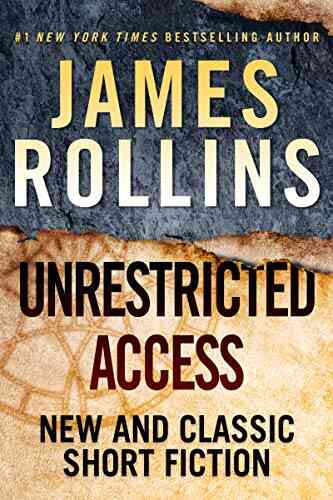
 Paulo Coelho
Paulo CoelhoUnrestricted Access: New And Classic Short Fiction
Are you passionate about literature?...

 Jamie Bell
Jamie BellSelf Hypnosis Made Easy - The Ultimate Guide to Unlocking...
: Do you find yourself...

 Caleb Carter
Caleb CarterThe Misery of Lives: Exploring the Intense Emotions in...
Anton Chekhov, famed Russian playwright and...

 Brandon Cox
Brandon CoxThe Untold Story of The Oliver Quintrell: A Journey...
The year was 1892. The maritime world was in...

 Juan Rulfo
Juan RulfoSpidey And His Amazing Friends Free Comic Free Comic Day...
Calling all Spidey fans! Get ready to...

 Cooper Bell
Cooper BellThe Seven Principles For Making Marriage Work: Key...
Marriage is a beautiful union...

 Eric Hayes
Eric HayesHomer And Classical Philology Glenn Mcgoldrick:...
When we think of ancient...
4.6 out of 5
| Language | : | English |
| File size | : | 30973 KB |
| Text-to-Speech | : | Enabled |
| Screen Reader | : | Supported |
| Enhanced typesetting | : | Enabled |
| X-Ray | : | Enabled |
| Word Wise | : | Enabled |
| Print length | : | 352 pages |


